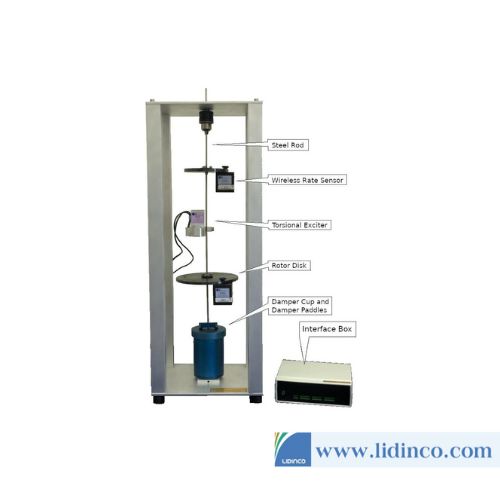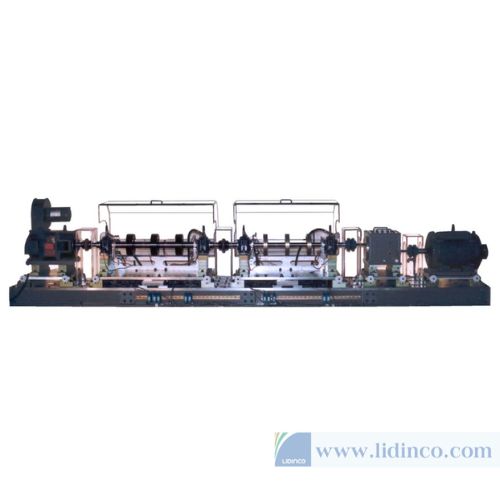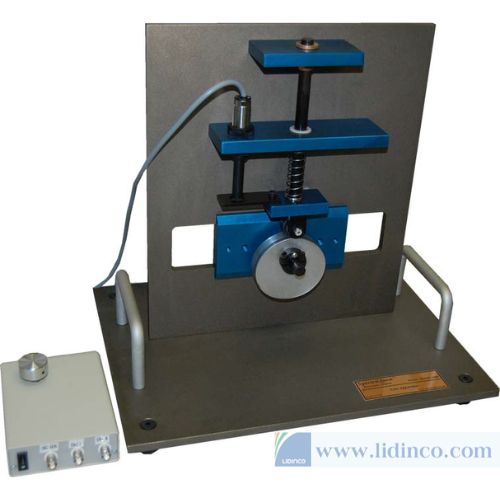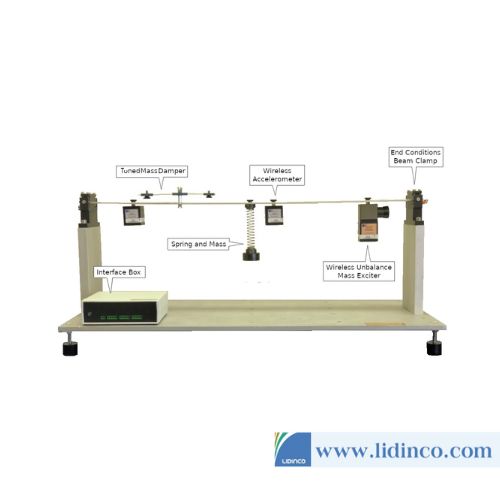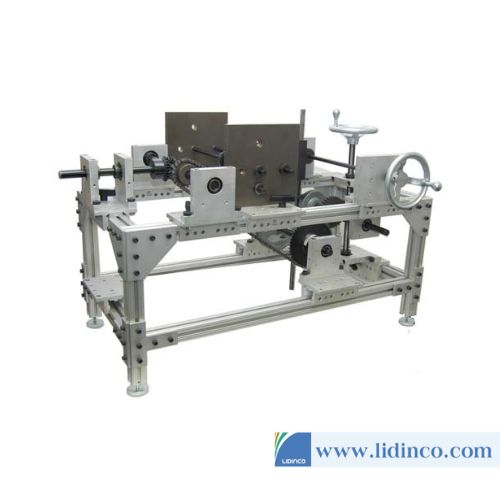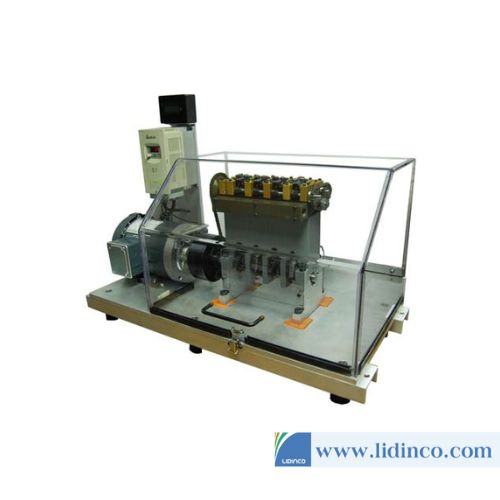Torsional Vibration Training System SQI
Hotline: +84 906 988 447
Head Office: Ho Chi Minh City
- Tel: +84 2839 778 269 / 3601 6797
- Email: sales@lidinco.com
- Add: 487 Cong Hoa Street, Tan Binh Ward, Ho Chi Minh City, Vietnam
Office: Bac Ninh City
- Tel: +84 222 730 0180
- Email: bn@lidinco.com
- Add: 184 Binh Than Street, Vo Cuong Ward, Bac Ninh, Vietnam
-
 Technical Counseling
100% Free
Technical Counseling
100% Free
-
 Free Shipping
For 3.000.000vnd Order
Free Shipping
For 3.000.000vnd Order
Data is being updated
Description
The Torsional Vibration Training System (alias TVS) is a turn-key integrated educational package for performing torsional vibration controlled experiments for teaching/learning the fundamental principles of torsional mechanical vibration as well as engineering mechanics. It provides both a comprehensive hands-on experimental device and an instrumentation package including wireless sensors for performing laboratory exercises to enhance student understanding of vibration theory.
Wireless Sensors Simplify Experimentation and Enhance Learning Experience
Cables are often a source of problem due to entanglement and un-characterized damping associated with them. Both of these issues have been solved by SpectraQuest TVS system. We have developed wireless sensors that eliminated both of these problems. Our proprietary algorithm enables simultaneous acquisition of data from all sensors, thus making it possible to obtain accurate phase information and the mode shapes.
The TVS clearly brings classical theory to life by providing a convenient mean to validate predictions and to demonstrate the influence of parameter changes on system response visually. Torsional vibration issues are especially hard to comprehend in rotating machines, often resulting machinery failure. Considering the importance and complexity of torsional vibration principles, a course curriculum should include laboratory demonstration and hands-on experiments to help students understand the somewhat abstract concepts of torsional vibration.
Torsional Vibration Training System:
- Base platform enabling mounting of several vibration training modules
- Three rods of different diameter
- Three rotors of different mass moment of inertia.
- One torsional exciter
- Two wireless rate sensors
- DAQ unit with simultaneous sampling, time waveform, spectrum, FRF, motor control and USB connection.
- Comprehensive operations manual
Torsional Vibration of Rods with Vertical Arrangement
Torsional vibration issues are important in design and diagnostics of turbomachinery, internal combustion engines, and many other applications. The fundamental concept of torsional vibration is similar to the flexural and longitudinal vibration, but students often find it difficult to calculations and perform measurements while the machines are in operation. The TVS addresses both of these issues. The torsional vibration module consists of a stainless steel shaft, several rotors, a torsional viscous damper, and mounting hardware. The unit can be configured as one and two degrees of freedom systems for free and forced vibration experiments. It can also be configured with different rod length, diameter, and material to vary system stiffness, with different disks to vary the mass moment of inertia. The user can conduct experiments with or without a dashpot.
Data Acquisition and Analysis Instrumentation
The TVS is equipped with wireless transducers, SpectraQuest proprietary multi-channel simultaneously sampled data acquisition (DAQ) system; data analysis software with automated setup for performing each experiment, simulation software, motor control module, multi-featured display, and mounting hardware/tooling. Transducers are provided for the measurement of acceleration, force, and rotational speed. The DAQ system samples all channel simultaneously enabling accurate calculation of mode shapes. Easy to use software automates steps to conduct each experiment and display the results. Students can perform time and frequency domain analysis, read data to do calculations and compare them with theoretical predictions.
The DAQ hardware/software is fully integrated with the excitation motor operation and control. The user can send speed command to control the excitation frequency or a sine sweep can be applied to obtain the full frequency response information over the frequency range of interest. All experimental and data collection setups are pre-defined so that students can focus on the results. The user friendly software is a powerful tool for basic signal processing. Simple and intuitive interface allows fast and easy operation. The signal analysis modules include data presentations of time waveform, FFT spectrum, and frequency response function (FRF). Superimposed data comparison of two data sets is also possible
Accessories
Please login to write review!

